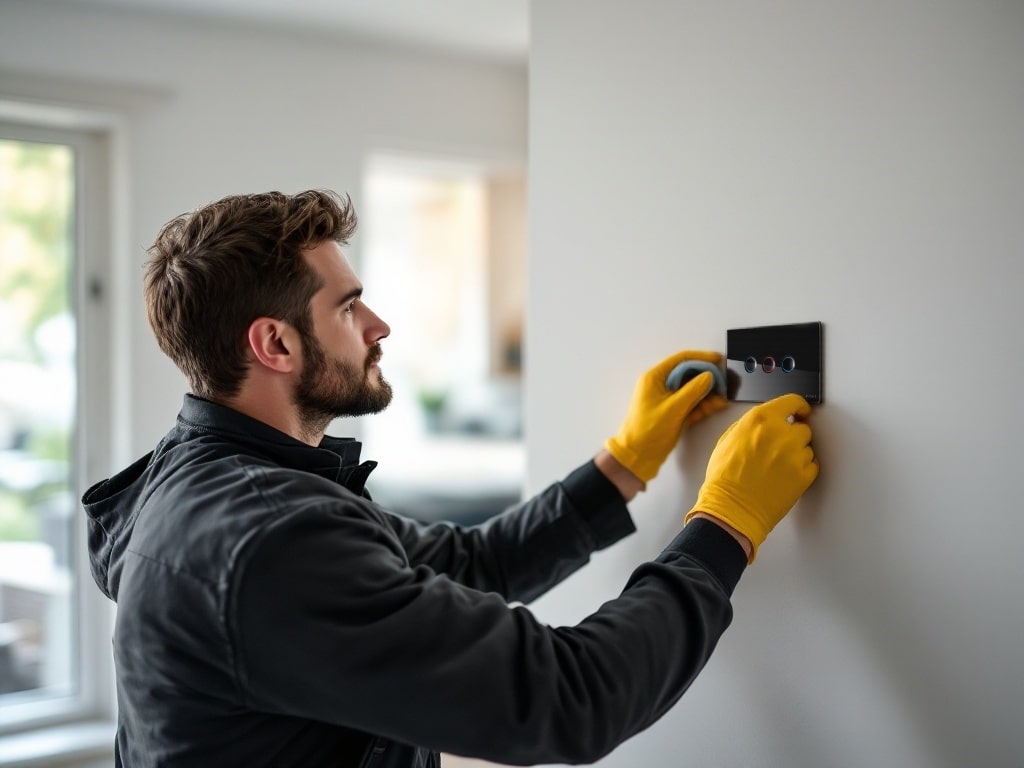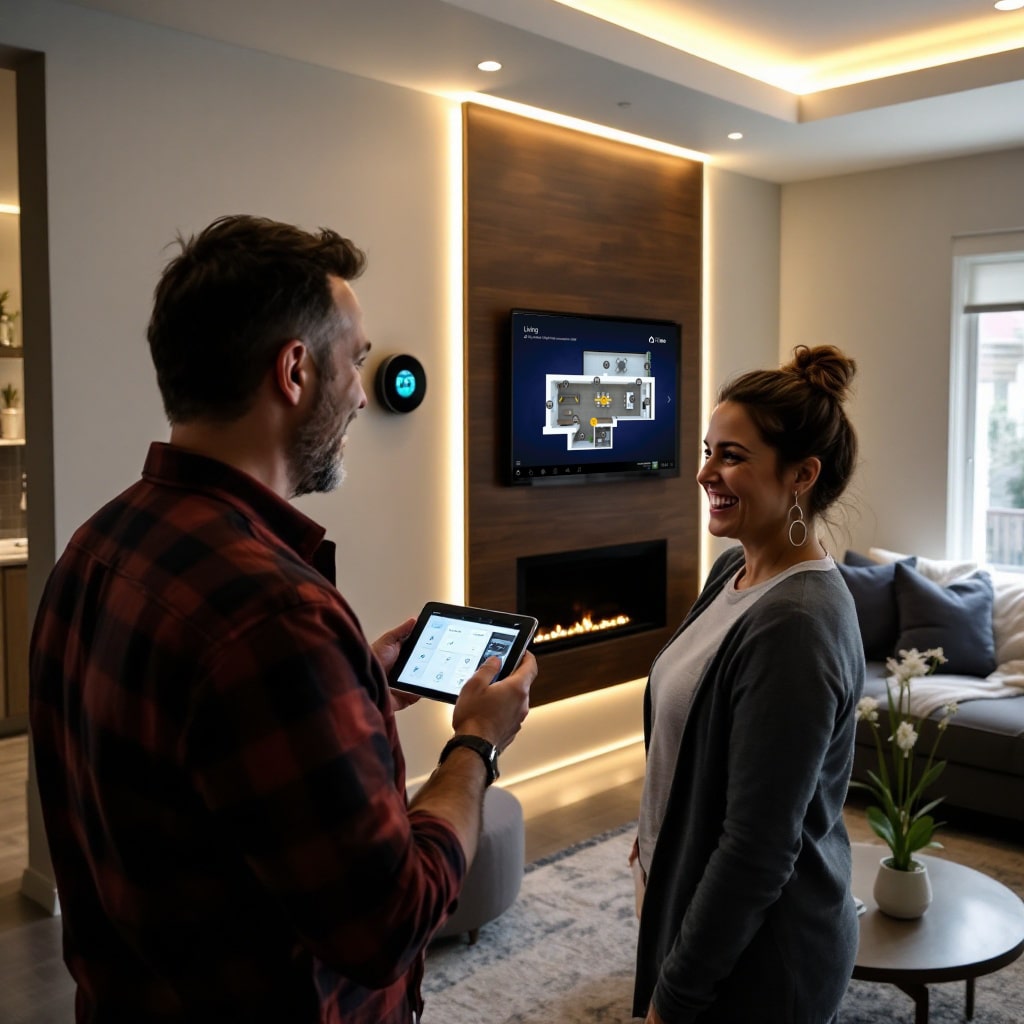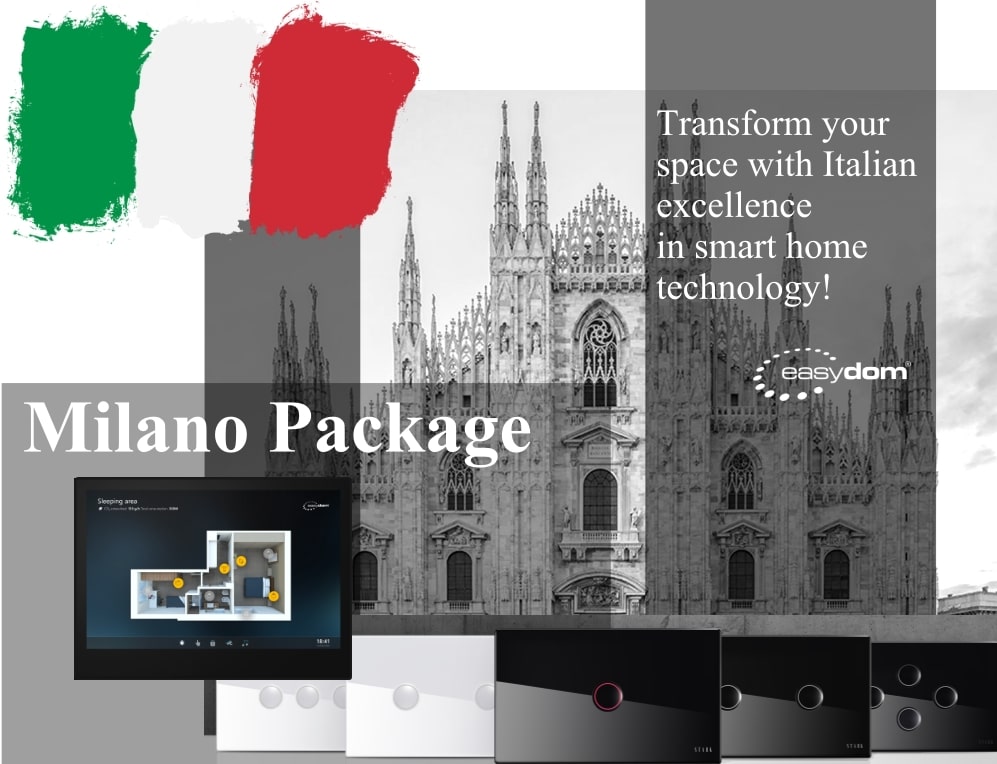The Smart Home Start Guide: Simple Steps to Begin Your Automation Journey
When planning home automation, providing a standard price can be challenging due to the custom nature of each project. Every home comes with unique needs, integrations, and automation requirements. However, thanks to recent advancements in technology, we are now able to offer a more accessible starting point for smart home setups.
Our Milano Package is specifically designed for homeowners, developers, architects, and builders who are either constructing a new home or upgrading an existing house or apartment. This affordable and comprehensive package offers an easy entry point into the world of home automation. To learn more about what's included, feel free to download our brochure. Keep reading for an overview of the essential steps to begin your smart home journey.
Please note: This guide focuses exclusively on Zigbee-based home automation and does not cover bus-based systems like C-Bus, Crestron, KNX, Easydom B-Bus, or lighting control systems like DALI. While we are capable of handling all types of automation systems and can recommend the best option for each specific case, the goal of this guide is to provide a more accessible and cost-effective approach to home automation, simplifying installation and making it more inclusive for a wider range of users.
Starting from $4,821
The Milano Package offers a flexible setup suitable for both new and existing buildings, allowing you to either expand over time or implement the system all at once, depending on your needs, budget, and the current setup of your building.
For new homes, we highly recommend running specific cables for future integrations, such as air conditioning, speakers, and blinds. This ensures seamless connectivity when you're ready to add these features later. For existing buildings, the most efficient solution is to use wireless technologies like Zigbee or similar protocols. This allows you to replace your existing switches with smart switches that communicate wirelessly, eliminating the need for additional wiring. This approach leverages radio frequency communication, like the Zigbee protocol, to integrate your home automation without the hassle of rewiring.
The planning stage is crucial for new buildings. By sharing your floor plans, we can help you choose the best brands and automation solutions. Since the system operates from a central hub, selecting compatible devices and integrations is essential to ensure proper wiring and seamless communication.
These additional system integrations, also known as third-party integrations, will cover various brands of air conditioning, alarm systems, CCTV, audio, intercoms, and other devices. Each system will be assessed to determine its compatibility and integration potential. If a system is not yet installed, the best alternative will be recommended.
During the planning stage, if a new building is under construction, this is the ideal time to determine the best automation approach. For large homes with over 200 devices, a bus-based home automation system may be preferable, as a higher number of devices can impact overall system performance. However, this approach comes at a higher cost due to the need for dedicated cabling and automation boards.
Alternatively, a Zigbee-based solution or a similar option like the Milano Package offers a simpler, more cost-effective entry point. This approach utilises standard wiring, eliminating the need for specialised cables or switchboards while still providing a reliable and scalable automation system.

For existing homes, once the planning stage is complete, only the installation of smart switches and any required integrations is necessary. This makes the process relatively straightforward. However, for new homes, the rough-in process must be managed by the electrician or by our team. We can assist by guiding the client’s technician to install the necessary cables, or we can take full responsibility for the installation, depending on the project’s scope.
The core electrical system for the Milano Package and similar solutions does not require any additional or special wiring. Only the relevant integrations need to be set up. Once all devices are installed, the electrical switches will function as standard, as they do not have any smart functionality at this stage. The next step in the process is programming, where the smart features are enabled to bring the system to life.

What sets us apart is the time we dedicate to the preparation phase before programming. During this stage, we collaborate with the client to gather details for the 3D floor plan, which will be integrated into the system. The Milano Package provides a unique interface that visually represents the home's layout, allowing easy management of devices using icons that reflect their locations.
Programming a home automation system with our Easydom Stark RG involves configuring Zigbee-compatible devices, like smart lights and thermostats, to communicate through our central hub, Tess. We then set up rules, triggers, and automation scenarios—such as adjusting the temperature when the house is unoccupied or turning on lights at sunset. Additionally, we offer custom control options like voice commands and smartphone app access to enhance convenience and efficiency.

The final stage of programming and installation is more than just turning devices on and off like a basic electrical system. At this point, all integrated systems, such as lighting, blinds, security, and climate control, are set up within the automation platform to ensure everything works together seamlessly.
In addition to setting up the individual devices, we create automation routines, known as scenes, to make daily life more convenient. For example, a welcome scene can automatically adjust lights and blinds when arriving home, while a goodbye scene can turn everything off when leaving. Other scenes can be customised to suit different needs, such as setting the perfect lighting for watching TV or creating a relaxing night-time environment with dimmed lights. These simple automations ensure the home responds effortlessly to the client’s lifestyle.
Once everything is set up, we provide a full handover to guide the client on how to use their new automation system with ease. This includes demonstrations on how to control devices, adjust settings, and make the most of the system for comfort, security, and energy efficiency. With Easydom, clients can also create their own routines and manage everything from their smartphone, whether at home or away. The system offers a choice between a standard device list and an interactive floor plan mode, which can be accessed by simply rotating the phone to landscape view.
Smart automation makes everyday living easier and more intuitive. Once experienced, it quickly becomes an essential part of modern home life.
Now that you’ve seen how we can set up your Milano Package, or if you have any questions, we’re here to help. Get in touch with us by filling out our contact form or giving us a call. Let’s bring your smart home vision to life—your home automation journey starts here!
Do you have a larger project? Are you a builder, developer, or architect looking for tailored automation solutions for your clients? We offer special packages and a range of options to meet all your automation needs.


